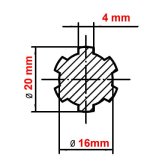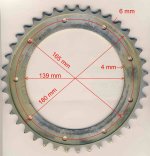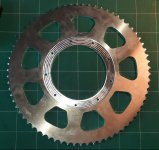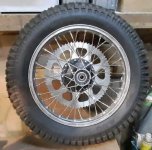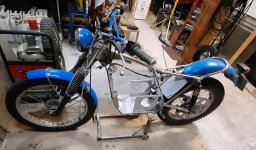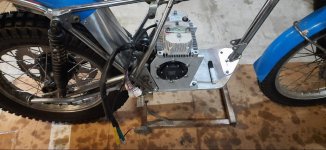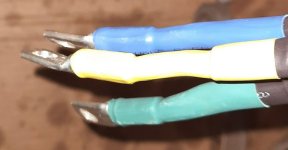Elektrosherpa
1 kW
- Joined
- Feb 7, 2021
- Messages
- 386
Thanks a lot. :thumb:
With that information I can work !
Do you think I can test the settings of the potentiometer on my desk, by connecting the dark grey wire and plus and minus?
And then running motor/controller/throttle.
If I watch the motor rotation speed by help of the kelly software, and calculate the secondary transmission ratio?
(I know the sprocket teeth numbers and the wheel diameter)
With that information I can work !
Do you think I can test the settings of the potentiometer on my desk, by connecting the dark grey wire and plus and minus?
And then running motor/controller/throttle.
If I watch the motor rotation speed by help of the kelly software, and calculate the secondary transmission ratio?
(I know the sprocket teeth numbers and the wheel diameter)


